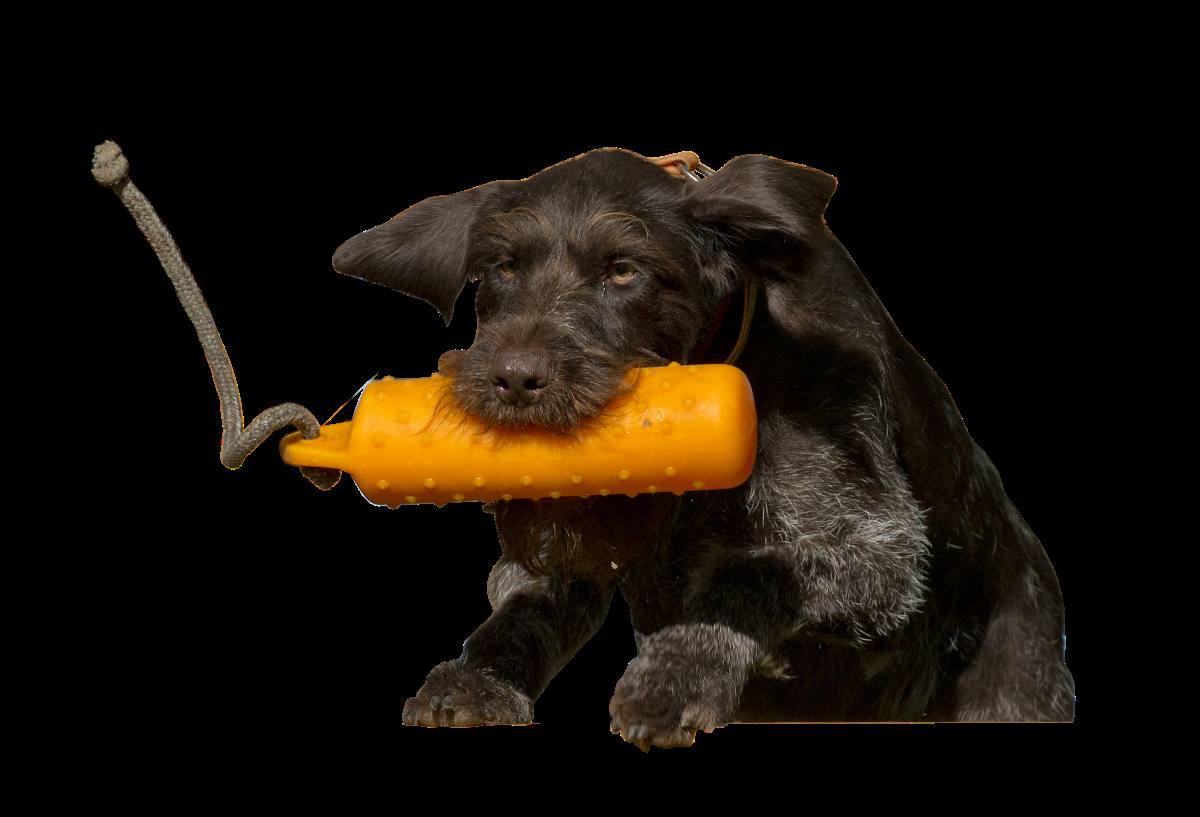Back to the Basics

Back to the Basics
Basic drills are where a great bird dog begins. The basic drills are where bird dogs maintain greatness. I like to think of basics as building blocks. Once my dog consistently accomplishes a foundational skill like retrieving, I can add a layer and start doing memory retrieves. After my dog consistently accomplishes memory retrieves, I can add another layer and start working with them on long-distance marking drills. When my dog consistently accomplishes long-distance marking drills, I can add another layer and start working with them on blind retrieves. You get the point. Here are some basic drills I perform with puppies and build on as the dog matures. As you read through these, think about the age of your dog and their level of training to make a plan for how you can utilize these drills to strengthen your dog’s foundation and increase their abilities.
Sit
Sit builds and maintains a patient and controlled dog. There are a lot of ways to begin teaching a puppy to sit, but my “go-to” opportunity is at mealtime. The food bowl is an instant distraction for the pup. Some pups sit fuss-free instantly and others don’t settle in for what seems like an eternity. Over time, I start using a whistle and hand signal to communicate the command with the pup. For me, “sit” is also “stay.” I don’t want my dog to move off of sit until I command them to go. If they break, I reposition them and wait for them to settle back in before I let them go. Sit is a key component for almost every other drill or task we’re going to do with our dog
Recall
Recall confirms that no matter what else is going on around the dog, they will prioritize me. With puppies, I’m intentional with recall when I take them out to “potty”. If they don’t wonder from me, I wonder from them so that I can create a moment to practice recall. My recall command is the dog’s name followed by “come”. Recall might be the most versatile command we have and use. We’ll use it when we want our dog to “come” to or with us, bring back what they just retrieved in the training and/or hunting field, when they have playtime or simply lost their mind and we’re ready to bring control back to the chaos, etc.
Heel
Heel identifies that your dog is working with you, not for themselves. Jeremy Moore with Dog Bone Hunter says, “If we can’t get our dog to obey us when they are three inches from our side, how do we expect them to obey us when they are running yards ahead of us in the field?” One of the best drills to build this kind of obedience is heelwork. With pups, heelwork starts with them wearing a flat collar connected to a lead and doing short right hand turns by my side on a straight line in my backyard. The goal is to make incremental changes that get us to the point where my dog can heel off the lead, anywhere we are, with any distractions in front of us.
Retrieve
Retrieve tends to be the climax that you and your dog share. Retrieving drills help a dog build and maintain the components of the retrieve – go, pick up, bring back and release. I don’t quickly take the object from a pup’s mouth when they return because I want them to understand and value “hold”. When doing any kind of retrieve drills, we want a dog that will go when we send them (and search for the object if they can’t initially see it), immediately and cleanly pick up the object when they find it, come straight back to us with the object rather than parading or venturing around and finally releasing the object in our hand when we give them the command. Before you can do farther and harder retrieves, your dog needs to be consistent with the simpler and shorter retrieves.
Place
Place is where our dogs rest, wait and be steady. For me, “place” is not a board I use in the training field, but rather a location in my house/kennel that my dogs identify as their bed/couch. When I start place training a puppy, I put them on position and take them off. This helps them learn the boundaries and pecking order. It’s not until I have a dog that doesn’t fidget or test the boundaries that I will call them on and off rather than being the one that takes them on/off. “Place” is a close sibling to “sit”. It helps a dog learn to be patient and controlled, no matter what is going on around them.
Remember, if we get sloppy or lackadaisical with any of these commands that we us in almost every training drill and hunting scenario, we’re going to create a confused and disobedient dog.
By Kyle Dana
April 2025
Here is another gundog corner article check it out!
Here is the issue for the Iowa Sportsman April 2025
Also here are our other websites take a look, especially if you have any interest in cattle.


